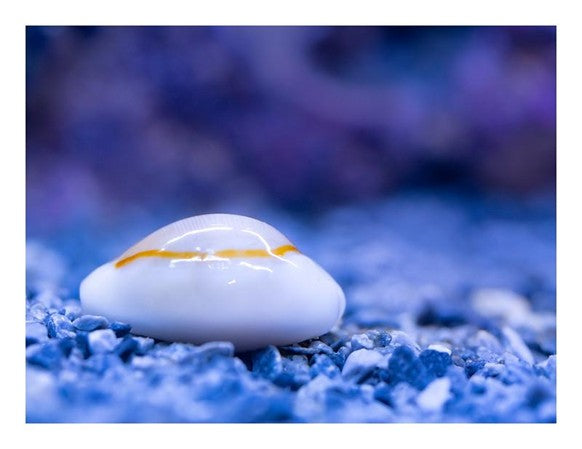Chances are if you have a child over the age of 5, they have asked for a hamster at some point! Hamsters are a small rodent native to Syria, though they also live in Greece, Romania, Belgium and northern China. Over the past decades they have become a popularized household pet and beloved by children. Hamsters gained their popularity due to their simple care, easy handleability and low cost. So, what exactly goes into keeping a small furry friend?
What Kind of Hamster Do I Want?
Yes, there is more than one species of hamster you can find in pet stores. The most common species you will find is the Syrian or "Golden" hamster. Syrians are one of the larger species, growing up to 18 cm in length and have a lifespan of 1-3 years in captivity. They can be found in 4 different fur variants, short-hair, long-hair, satin & rex! You can also find micro species of hamsters, such as the dwarf and Roborovski hamsters. They average a tiny 5 cm length as adults, and yes, they are as cute as they sound. The micro species of hamsters are more fragile and sensitive to handling. If you are looking for a hamster you can hold and play with, think twice before bringing home a micro hamster for the kids!
Setting up my Hamster Cage
After deciding what type of hamster will be your new pet, first you must set up an enclosure. Like most animals, you should set up the largest enclosure you can fit or afford, Pisces recommends: Kaytee Critter Trail 2 Level Habitat. Wood shavings or other soft, absorbent bedding should be used. Equip your cage with a vertical water bottle specifically sized for hamsters. Avoid using cedar shavings due to the vapors being harmful to the hamsters eyes and skin. A hideout is necessary for your hamster to sleep in, they are nocturnal and the hide should be dark enough as to not to disrupt their sleeping pattern. It is important to give your hamster an appropriate sized wheel for exercise if your cage does not have one built in. Your hamster will exercise and run at night, and traditional wheels can be squeaky and annoying. Pisces recommends: Kaytee Silent Spinner.
Feeding Time!
As mentioned above, hamsters are a nocturnal species and should be fed at night. Your hamster should be fed a staple of dried food formula specific to hamsters, accompanied by fresh fruits and veggies. Pisces recommends: Living World Classic Hamster Diet. Occasionally you can offer your hamster treats such as timothy hay, unseasoned cooked beef, crickets & mealworms, small bits of unsweetened cereals (cheerios) and cheese. If you are noticing signs of unhealthy weight gain, cut down the amount of treats. Avoid feeding almonds, red beans, potatoes or potato sprouts, tomatoes or parsley. Feed in a small ceramic dish like a ramekin so gnawing and chewing will not casue any damage.
Behavior & Handling
Hamsters are very handleable, but are capable of biting. Your hamster will likely be hesitant to cooperate with you when trying to handle at first, but will improve over time with regular handling. Wash your hands thoroughly before handling, to kill any germs and remove the smell of any food, which may prompt your hamster to bite. All play time & handling should be done on ground level, hamsters do not have great depth perception and can walk right off a tall surface. Despite their plump look, they can actually move very quickly when they want to, so be careful not to drop them! Hamster balls are an excellent way to spend time with your hamster outside of the cage and provide execise without over-handling.
Health & Illness
Your hamsters incisors will continue to grow throughout its lifetime. It is very important to provide your hamsters cage with chewable wood toys so it can wear down its teeth naturally. If the incisors grow to too long, it will have touble eating and ill require veterinary work. Hamsters are susceptible to an illness called wet-tail. Wet tail is a form of diarrhea that can spread and quickly become fatal. Causes of wet tail include stress, spoiled food, damp environment, stale or dirty drinking water, and over feeding greens. If you suspect your hamster has wet tail, remove from cage if other hamsters are sharing their space and seek veterinary assistance.




